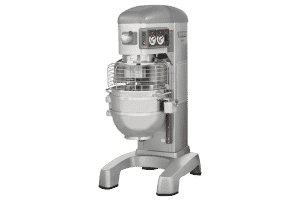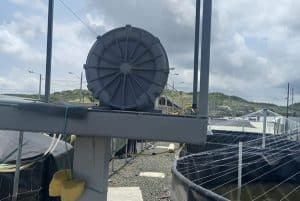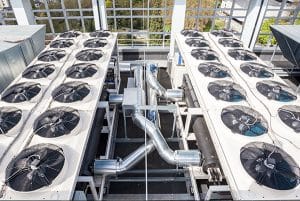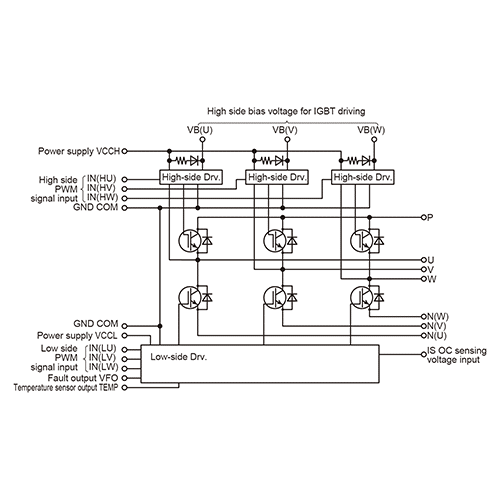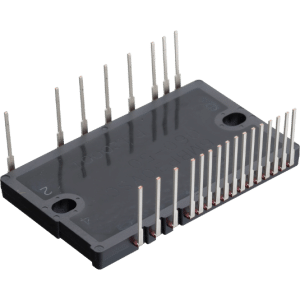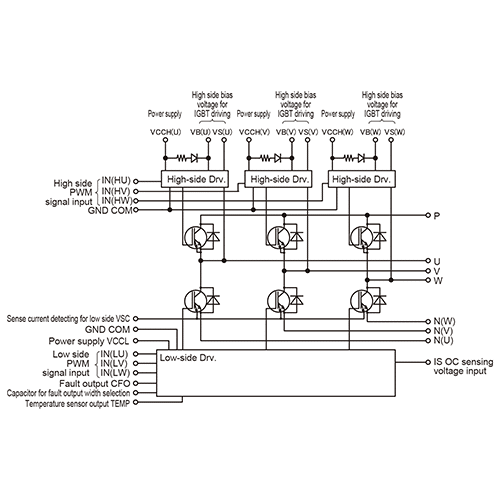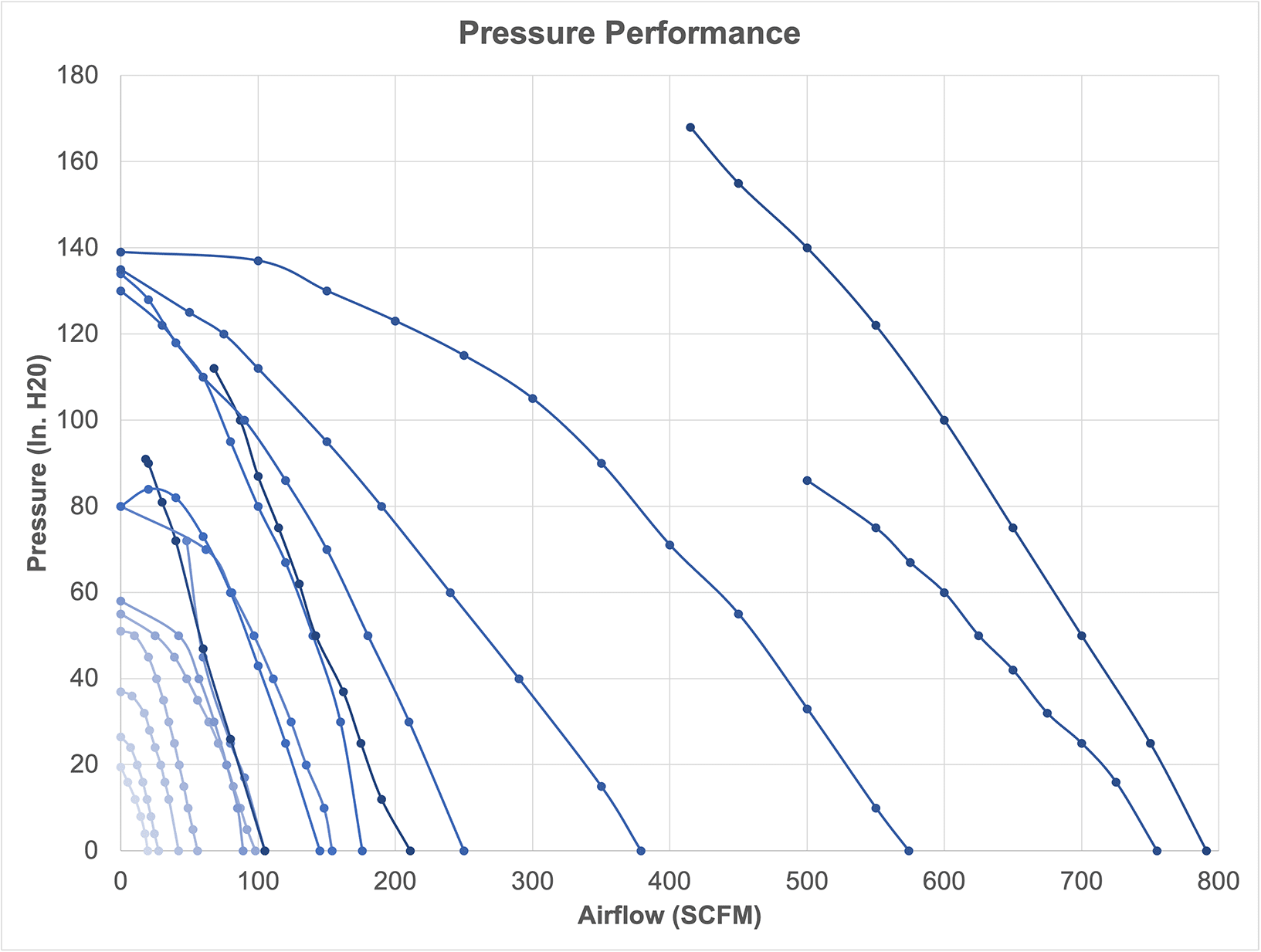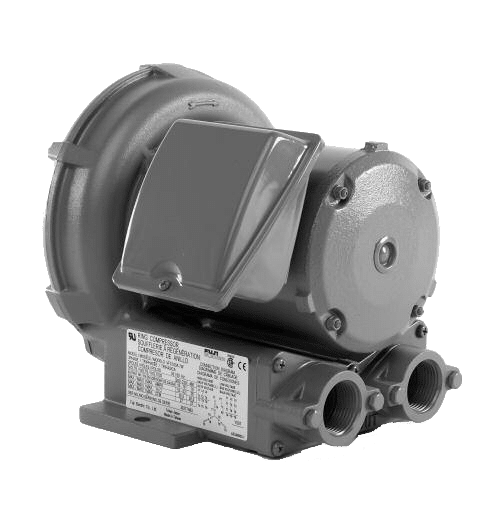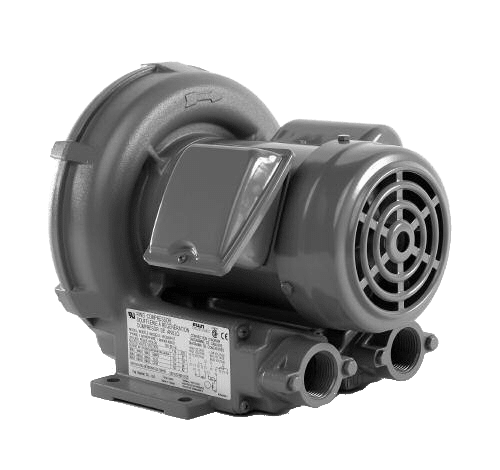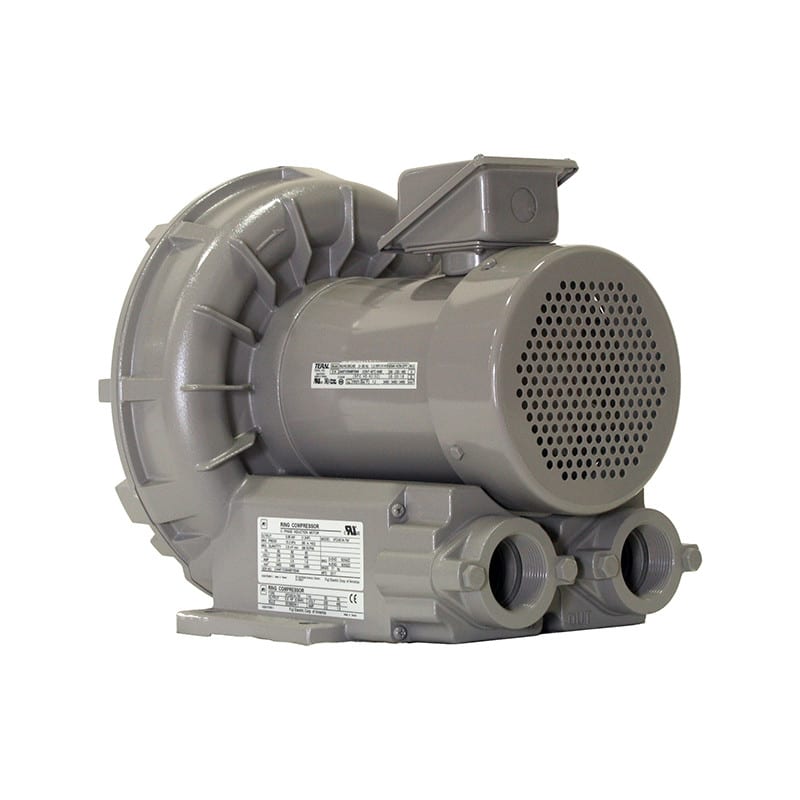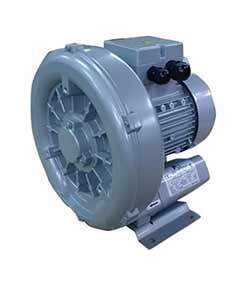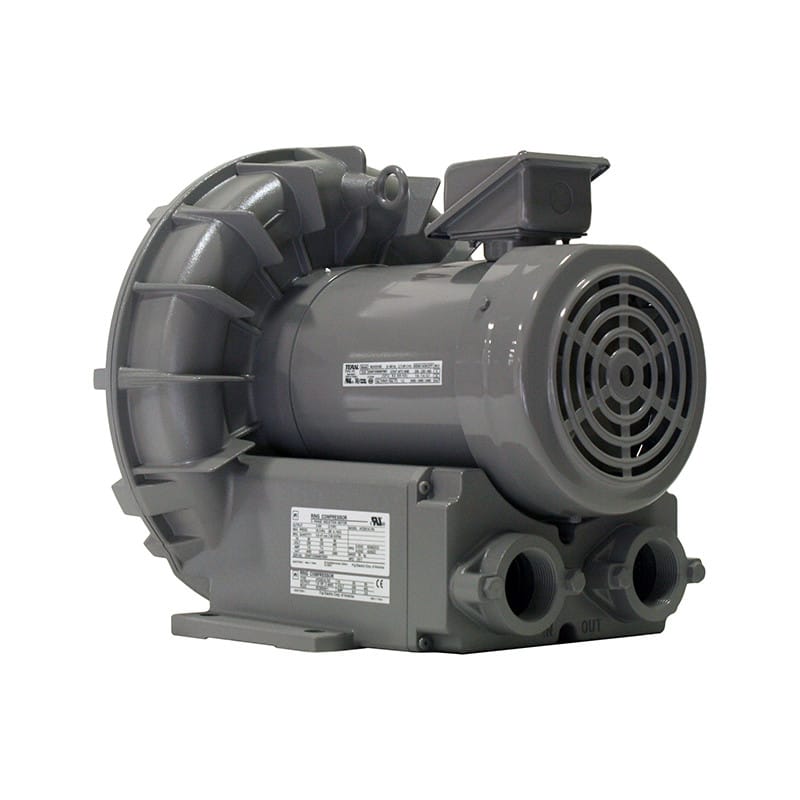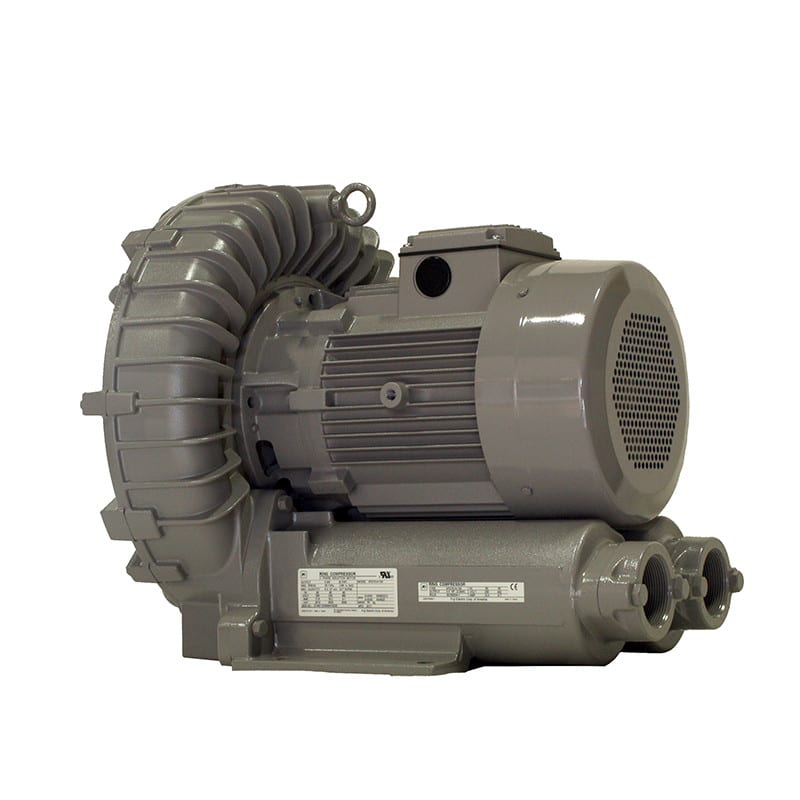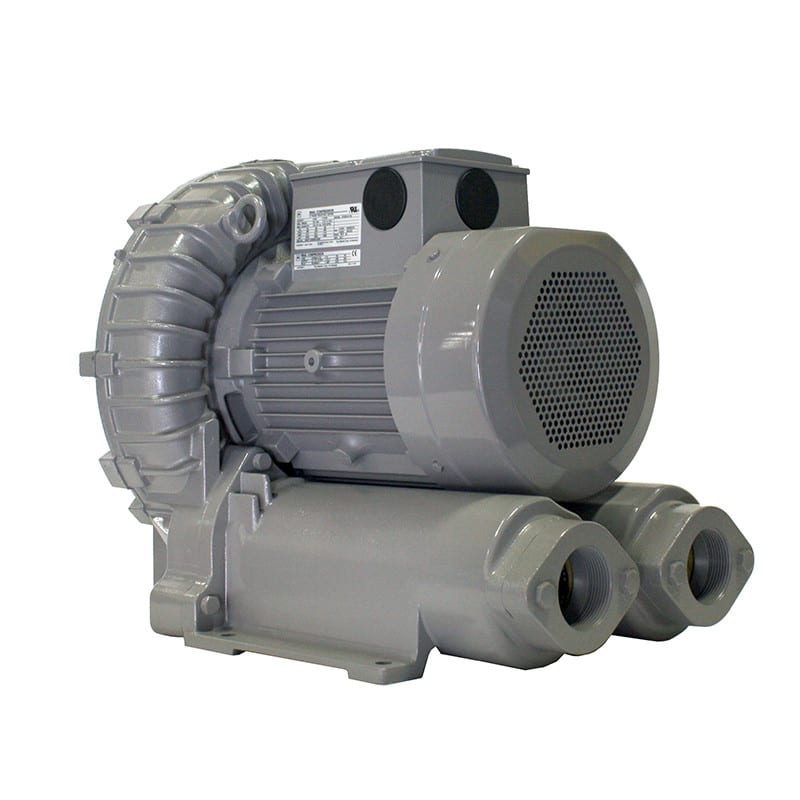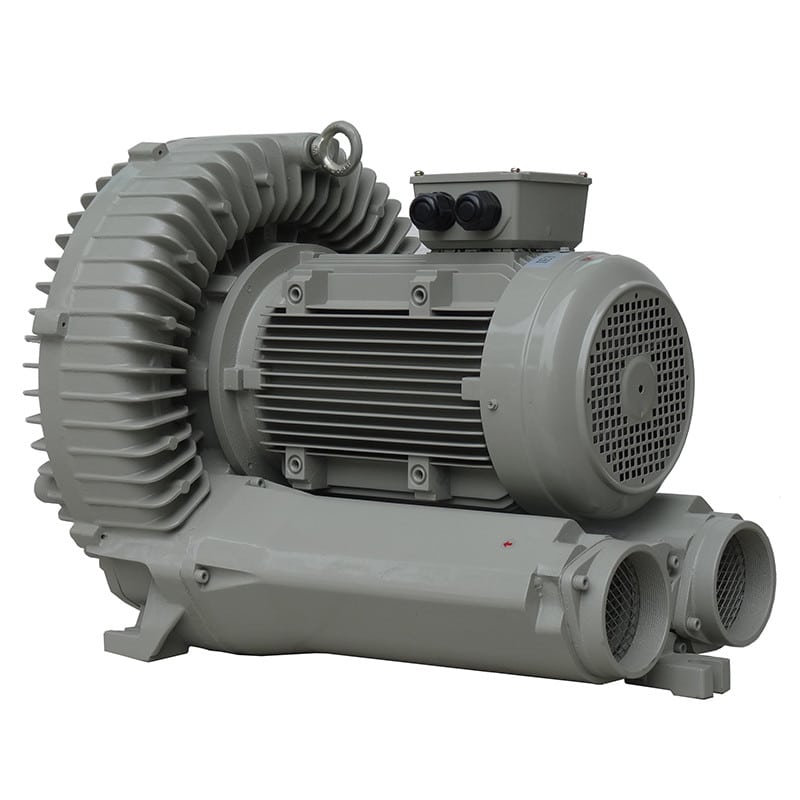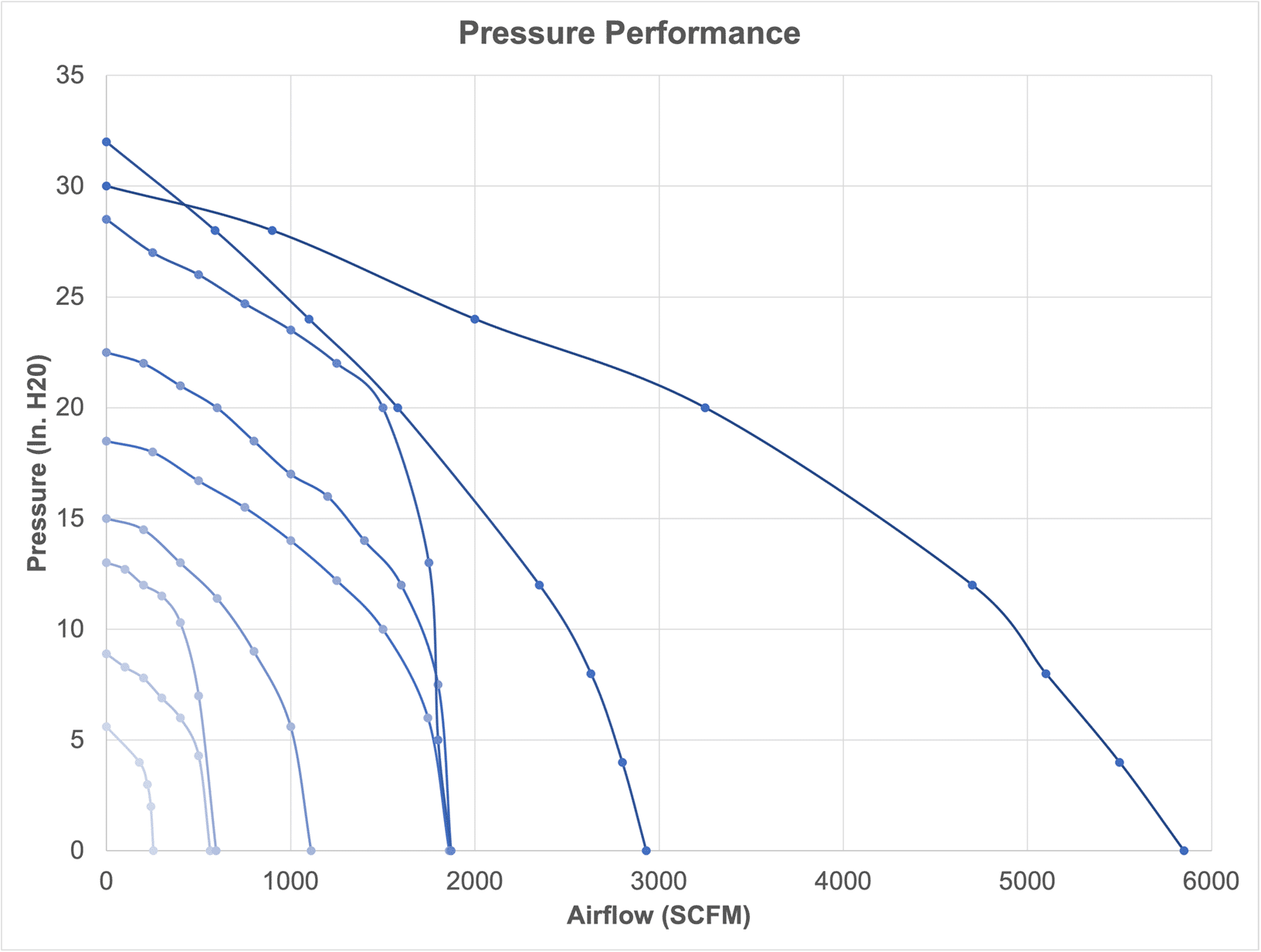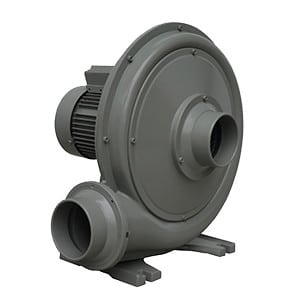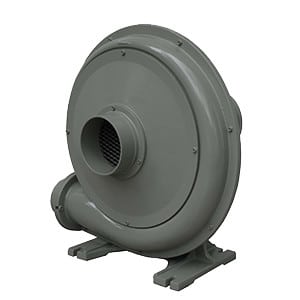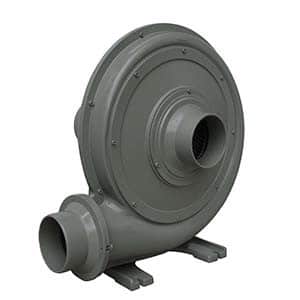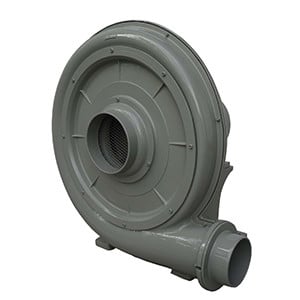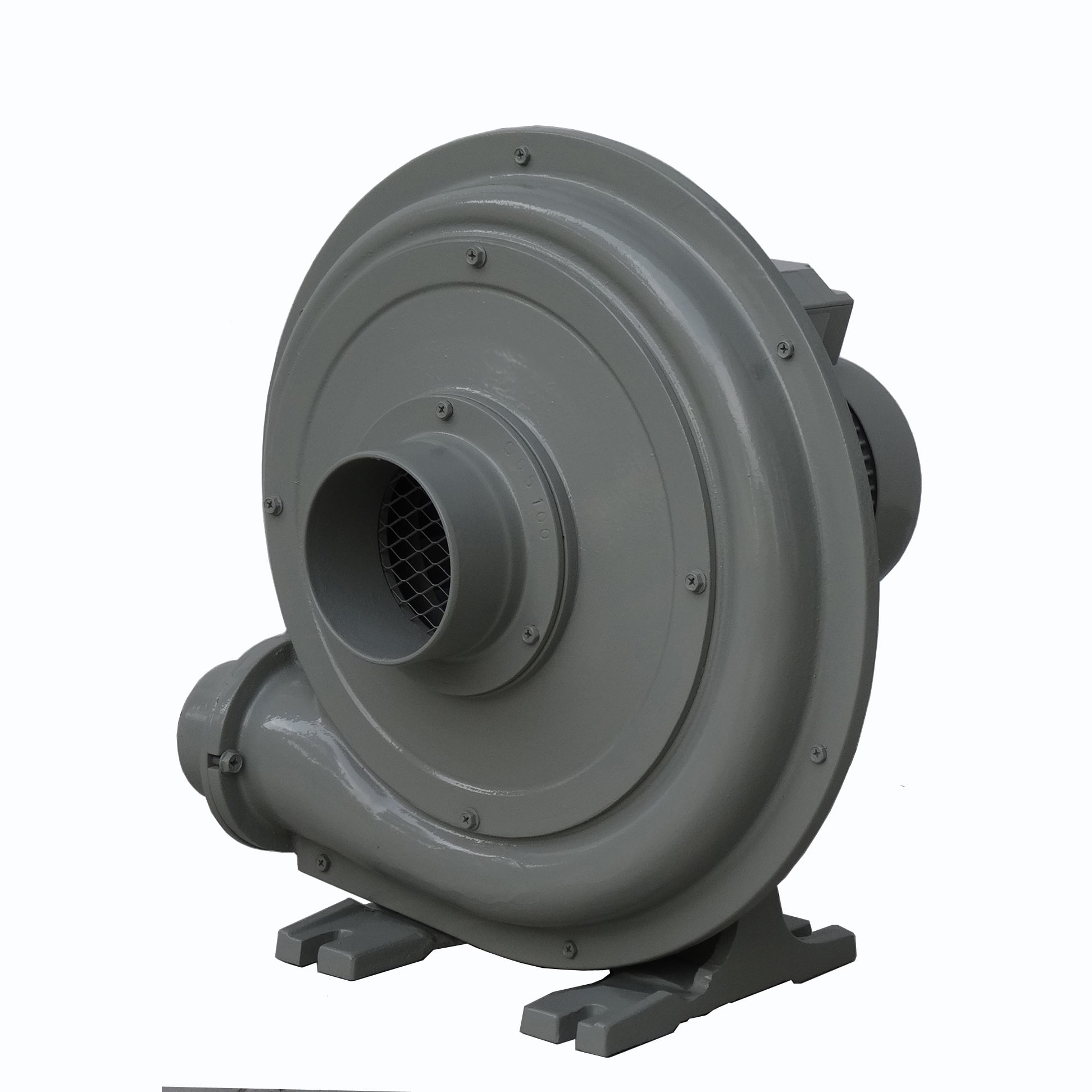Uninterruptible Power Supply (UPS) systems are essential for providing backup power and ensuring the protection of sensitive equipment against power disturbances. UPS systems come in various topologies, each designed to cater to different levels of power protection needs. The three primary types of UPS topologies are Standby (Off-Line), Line-Interactive, and Double-Conversion (On-Line).
Let’s delve into each type:
- Standby (Off-Line) UPS
- Functionality: In normal operation, a Standby UPS allows utility power to pass directly to the connected devices. It switches to battery power only when it detects a power problem such as a blackout, voltage sag, or surge.
- Use Cases: Best suited for home office environments, personal computers, and less critical equipment where minor power fluctuations are not a major concern.
- Advantages: Cost-effective and energy-efficient for basic power protection needs.
- Disadvantages: Limited protection against power quality issues; there’s a brief transfer time to battery power which may affect sensitive equipment.
- Line-Interactive UPS
- Functionality: This UPS design incorporates a multi-tap variable-voltage autotransformer that can adjust voltage fluctuations (overvoltages and undervoltages) without having to switch to battery power. It offers more protection than a Standby UPS by correcting minor power fluctuations.
- Use Cases: Suitable for small business and individual office environments where power conditions are relatively stable but may occasionally suffer from voltage fluctuations.
- Advantages: Provides voltage regulation with a transformer, offering better protection than standby UPS without the need for frequent battery use.
- Disadvantages: While it provides protection against a wider range of power disturbances than Standby UPS, it’s less effective than Double-Conversion UPS in environments with poor power conditions.
- Double-Conversion (On-Line) UPS
- Functionality: This UPS constantly converts incoming AC power into DC to charge the battery, and then back to AC for powering connected devices. This continuous double conversion process provides a consistent, clean, and near-perfect power output regardless of the quality of incoming power.
- Use Cases: Ideal for critical power applications, data centers, servers, and sensitive laboratory equipment where power quality is crucial.
- Advantages: Offers the highest level of protection by isolating equipment from power problems; provides a stable power output in environments with frequent voltage fluctuations, surges, or outages.
- Disadvantages: More expensive than Standby and Line-Interactive UPS systems; higher operational costs due to continuous power conversion which can be less energy-efficient.
Choosing the Right UPS Topology
Selecting the appropriate UPS topology depends on your specific power protection needs, the sensitivity of your equipment to power disturbances, and your budget. For environments where power quality is less of a concern, a Standby or Line-Interactive UPS may suffice. However, for critical applications where uninterrupted, clean power is essential, investing in a Double-Conversion UPS is advisable.



